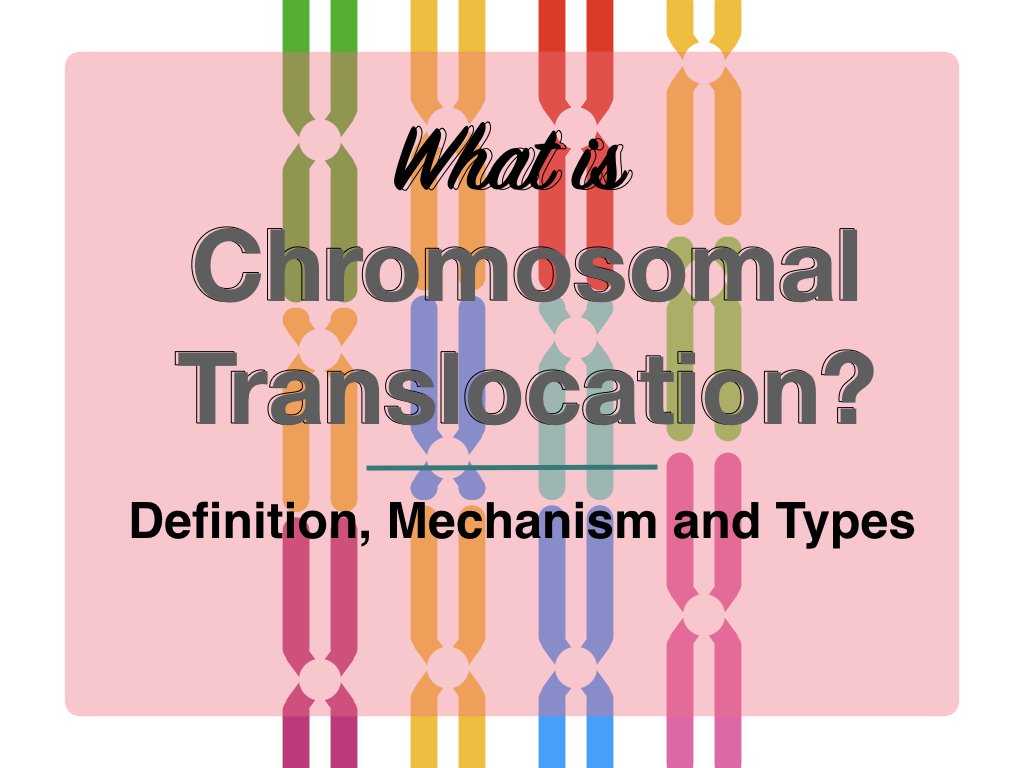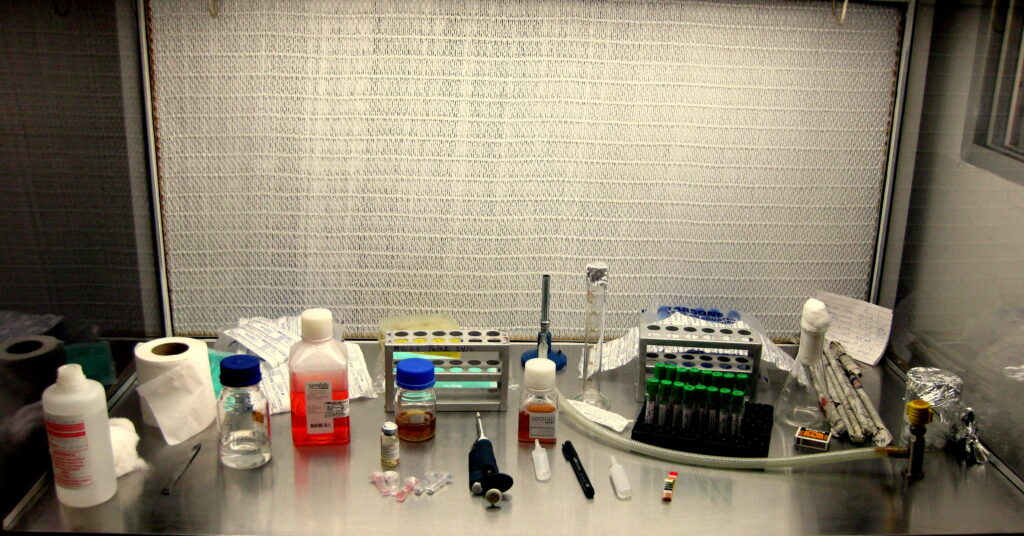What is Chromosomal Translocation?- Definition, Mechanism and Types
When a part of chromosome breaks or is deleted and reinserted at another location on a chromosome is known as a chromosome translocation. Conventional karyotyping is a technique commonly employed to study translocations. Any sudden change, alteration or undesirable alteration in a gene or chromosome might be harmful to our health. “Mutation” is a common …
What is Chromosomal Translocation?- Definition, Mechanism and Types Read More »




